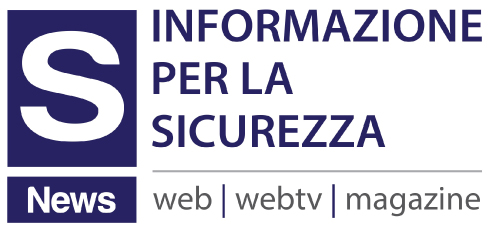FMI: migliori le stime di crescita dell’Italia
Pil quest’anno è atteso crescere del 4,3% mentre nel 2022 segnerà un +4%.
Lo afferma il Fondo monetario internazionale parlando dell’Italia e notando come un gli aiuti messi in campo “saranno necessari fino a quando” la ripresa non sarà decollata. “Una robusta ripresa è attesa per il 2021 sostenuta dalla campagna per le vaccinazioni, anche se restano incertezze”.
La politica di bilancio dovrebbe continuare a fare da cuscinetto agli effetti economici della pandemia tramite misure temporanee e mirate, “insieme a un credibile piano di riduzione del debito pubblico nel medio termine”, osserva il Fmi. In aprile il Fondo aveva previsto una crescita del 4,2% per il 2021 e del 3,6% per il 2022.
L’outlook economico dell’Italia “dipende” dall’andamento della pandemia, “dall’entità dei cambiamenti strutturali, e dall’efficacia delle politiche economiche e sanitarie”, afferma il Fmi nel comunicato sulla conclusione delle consultazione del 2021 per l’Article Iv dell’Italia.
Il Fmi prevede per quest’anno un deficit all’11,8% e un debito al 159,9%.
*****
IMF Executive Board Concludes the 2021 Article IV Consultation with Italy
June 3, 2021
The COVID-19 pandemic has dealt a severe blow to the Italian people and their economy. GDP fell by nearly 9 percent in 2020, with much larger drops for contact-intensive services. Prompt and decisive policy responses by the Italian authorities, together with coordinated fiscal and monetary responses at the European level, were introduced to cushion the economic impact. A large fiscal expansion delivered income lifelines to households and firms, while extensive liquidity support was also provided, including through debt service moratoria and government guaranteed credits. A ban on layoffs was introduced. These measures helped to preserve the structure of the economy but may be concealing the extent of underlying weakness in firms’ financial health, labor market slack and loan quality.
The pandemic interrupted the slow and still incomplete recovery from the double-dip recession that followed the global financial and euro area debt crises. During the past decade, productivity continued to stagnate, the public debt ratio drifted up to high levels and regional income disparities widened. Although considerable progress had been achieved in reducing banks’ nonperforming loans, NPL ratios remained above the euro area average. Moreover, Italian banks’ exposure to the domestic sovereign remains high.
The economic outlook depends on the path of the pandemic, the extent of structural change it will usher in, as well as the effectiveness of economic and public health policies. The recovery will be supported by the ongoing vaccination campaign and substantial investment spending under the government’s multi-year National Recovery and Resilience Plan (NRRP), mainly financed by Next Generation EU resources, to increase physical and social infrastructure and support structural reforms. GDP is expected to rebound by about 4¼ percent in 2021, while increased investment spending would keep growth well-above the previous trend for the next several years. Nonetheless, long-run economic scarring could be sizable. Risks relate in the near term to the speed at which the virus is defeated and the extent of savings drawdown, and over the longer term, to preserving favorable financial conditions, adequacy of NRRP implementation and maintaining the political momentum for structural reforms. A materialization of these longer-term risks could exacerbate the already high public debt vulnerabilities.
Executive Board Assessment [2]
Executive Directors commended the Italian and European authorities for their strong and decisive policies that cushioned the social and economic impact of the pandemic. They noted that a robust recovery is expected in 2021 supported by ongoing vaccinations, although large uncertainty remains. Continued policy support will be necessary until the recovery takes hold. Prompt and effective implementation of structural reforms will also be critical to support investment under the National Recovery and Resilience Plan to boost potential growth and foster a green, digital, and more inclusive economy.
Directors recommended that fiscal policy continue to cushion the economic effects of the pandemic through temporary and targeted measures, coupled with a credible plan to significantly reduce public debt ratios over the medium term. They noted that the authorities’ plan to strengthen the economy and public finances through a large investment program would capitalize on the temporary window of favorable post pandemic growth and financing conditions. They encouraged the swift adoption of growth enhancing reforms, while also raising the efficiency and equity of government spending and tax systems.
Directors stressed the need to support the financial health of viable firms. State resources could help mobilize private investment, with a prominent role for the private sector in determining viability. Faster procedures for debt restructuring and liquidation of nonviable firms will also be important.
Directors noted that the financial sector has been resilient but warrants close monitoring. They recommended continuing to support bank lending but with improved targeting. Incentives for prudent lending and updating borrower checks for any extension of loan moratoria are also important. Directors highlighted the need for a better understanding of loan quality and the proactive classification, provisioning, and expeditious resolution of problem loans.
Directors noted that labor market turnover should resume once the health crisis recedes and the firing ban is phased out. Comprehensive upskilling programs together with labor market reforms and enhanced social safety nets will be critical for raising productivity and helping to transition workers into expanding sectors and bringing more women and youth into the workforce.
Directors welcomed the opportunity provided by Next Generation EU resources to support a greener and more equitable economy. They emphasized that public investment should be accompanied by prompt modernization of public administration and the judiciary, efficient public procurement, enhanced public investment governance, and reduced barriers to competition.
Fonte: FMI

















